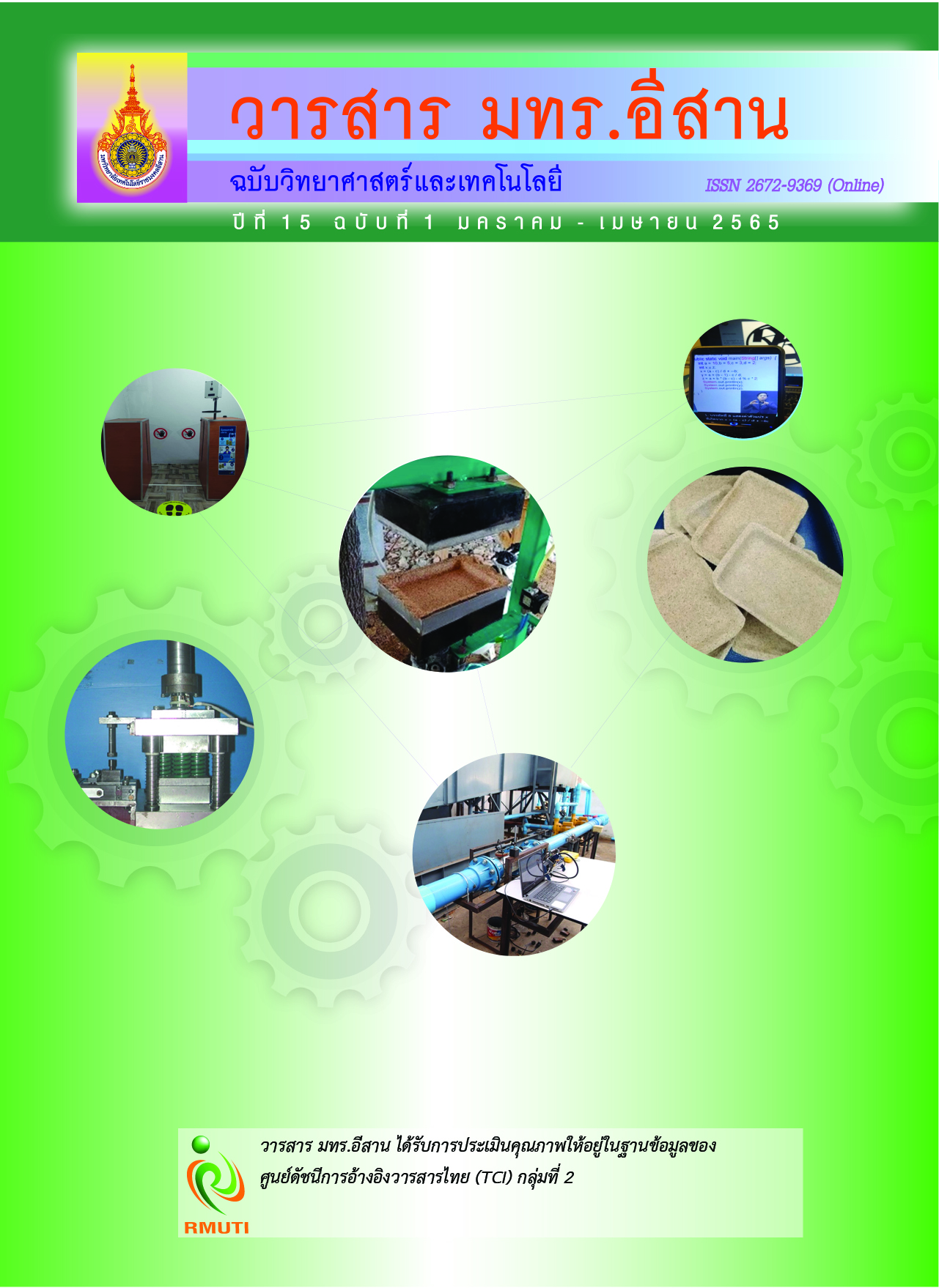Interactive Program using Augmented Reality Technology from Problems in Java Computer Programming for People with Hearing Impairments
Main Article Content
Abstract
The objectives of this research are: 1) to develop an interactive program using augmented reality technology from problems in Java computer programming for people with hearing impairments, 2) to assess the quality of the program with experts and 3) to assess the satisfaction of the hearing-impaired students toward the program. The sample group used in this research was 10 students with hearing impairment from Computer Science Program, Surindra Rajabhat University, obtained by using purposive sampling technique. The research instruments were: 1) the interactive program using augmented reality technology from problems in Java computer programming for people with hearing impairments, 2) professional quality assessment form for assessing the quality of the program and 3) satisfaction assessment form for assessing the satisfaction of students with hearing impairments toward the program. The data was analyzed by using mean statistics and standard deviation. The research results showed that: 1) the quality assessment results from the experts as a whole were at a high level (= 4.51, S.D. = 0.57) 2) and the satisfaction assessment results of students with hearing impairment as a whole was at a high level (
= 3.97, S.D. = 0.97).
Article Details

This work is licensed under a Creative Commons Attribution-NonCommercial-NoDerivatives 4.0 International License.
References
Secretariat of the Prime Minister. (2004). Thailand's Honor for Disabilities Operations, Volume 3, People with Disabilities: Determined Life. Bangkok: Amarin Printing and Publishing
Educational Technology Center Loei Rajabhat University. (2018). AR Learning Materials. Access (25 October 2019). Available (http://www.techno.lru.ac.th/techno/สื่อการเรียนรู้-ar/)
Bureerat, N., Bunpabuth, P., and Duangpamorn, O. (2020). Augmented Reality for Teaching Thai’s Idioms of the Hearing Impaired. Journal for Research and Innovation, Institute of Vocational Education Bangkok. Vol. 3, No. 1, pp. 101-110
Chumchim, P. and Maneerat, P. (2020). Application Development of Sign Language Translation Systems for the Hearing-Impaired People. PKRU SciTech Journal. Vol. 4, No. 1, pp. 22-32
Mingsiritham, K. and Chanyawudhiwan, G. (2018). A Development of Smart Book to Assisted Communication for Hearing Impaired Students. Research Report. Nonthaburi: Sukhothai Thammathirat Open University
Phatai, G., Chanpuem, P., and Wattanasura, A. (2018). Animal Planet Vocabulary Book with Augmented Reality Technology. Journal of Project in Computer Science and Information Technology. Vol. 4, No. 1, pp. 23-28
Sookpadhee, T. (2017). Multimedia Format for Learning at Computer Graphics in Hearing Impaired People. APHEIT JOURNAL. Vol. 23, No. 2, pp. 21-33
Chaiyasit, S. and Kobsiripat, W. (2016). An Application of Augmented Reality Technology with Sign Language for the Students with Hearing Impairment of Nakhon Ratchasima. University of the Thai Chamber of Commerce Journal Science and Technology.
Vol. 3, No. 1, pp. 10-29
Kewnara, P. (2013). The Development of Computer Assisted Instruction On the Use of Visual Aids For Students with Hearing Impairment of Ratchasuda College, Mahidol University, Independent. Veridian E-Journal, SU. Vol. 6, No. 1, pp. 267-275
Yoosomboon, S. and Wanapiroon, P. (2013). Design of Interactive Instructional Media Applying an Augmented Reality in a Ubiquitous Learning Environment to Reduce Student Cognitive Loads. National e-Learning Conference NEC 2013. pp. 120-125.
Bangkok: Parbpim Limited Partnership
Wongratana, C. (2017). Techniques for Using Statistics for Research. 13th ed. Bangkok: Amorn Printing

